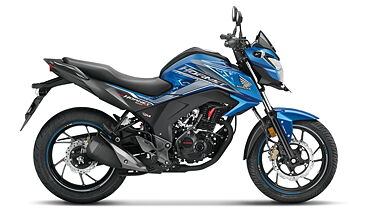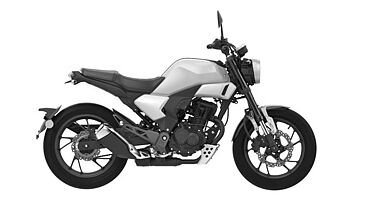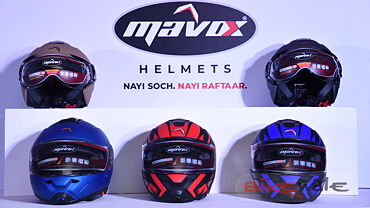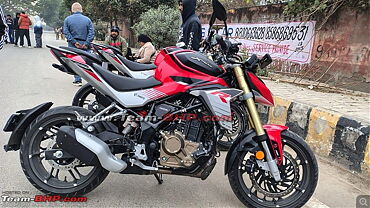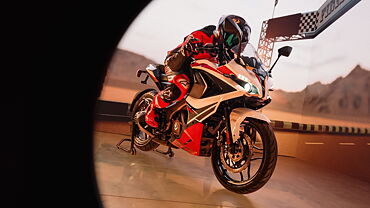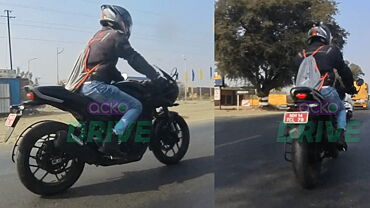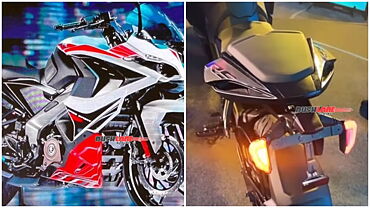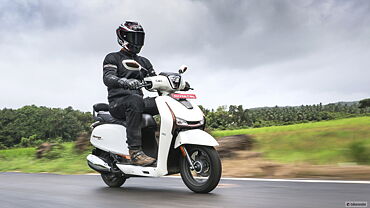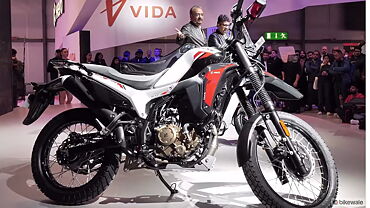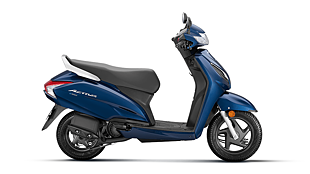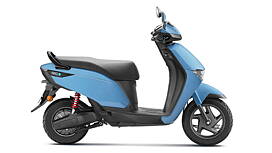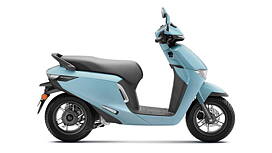Page 1
Around a month ago, we introduced you to the Sena 3S Bluetooth Headset & Intercom Communication System. You can read about it here. In this report, we’ll talk about the installation process of the system, step by step, in order to make your life easy.
To start with, you need two things – the Sena 3S system and a full-face helmet. I’ve chosen the recently acquired HJC Rpha 10, for the installation as well as the operation. You also need to know that this installation process will remain same for all full-face helmets.
Step 1: Remove the helmet cheek pads

This is necessary because it’ll give you an idea how the area under the cheek pads are. And this will directly help you plan out the rest of the process, which might look difficult in the beginning, but it isn’t. Make sure you’ve removed both the cheek pads. Almost all helmets these days comes with a small cut out area that helps your ears fit comfortably. You need to figure the exact location where you want to place the speakers.
Step 2: Placing the speakers

This is where you’ll spend majority of your time and this includes two type of operations. First, getting the speakers ready. For this, you need to use the hook and loop velcro fasteners. You need to first use the hook fastener which has a 3M adhesive tape on the other side. Stick it carefully to the cut out area. Make sure you stick it in the center of that area.

Once that’s done, use the loop fastener and stick it on the backside of the speaker. Repeat the process for the other speaker too.

Next step is to stick the microphone right in the front of your mouth. So you need to first stick the loop fastener on that area and then place the wired microphone.
Step 3: Sticking the two-button control unit

Always place this control unit on the left side of the helmet. Why? The right hand needs to be on the throttle constantly and that makes your left hand the best and the safest option. Find a place that is easy to reach. Placing the unit far back means more left hand movement. Once you find the comfortable place, stick the 3M adhesive on the helmet, followed by the sticking of the control unit on it.
Step 4: Routing the wires
This might look like a small thing but routing the headset wire will make your life easy during the operation. Before you attach the cheeks pads, do a dummy test to check if the wire is left exposed or dangling. Once you’re done with that, complete the process. There’s also a power charging port integrated to the wire, make sure you hide that under the cheek pads too. But do it in such a way that it’s easily accessible for charging as well as firmware upgrade, whenever required.
Step 5: Operation

Wear the helmet and test the Sena 3S system. If you’re not sure about the operation of the system, check out the operating manual that comes with it.
Next month, we’ll talk about the Sena 3S in detail. It’ll include the daily operation, ease of use, voice and sound quality and also the verdict.
Stay tuned!
Photography by Kapil Angane


